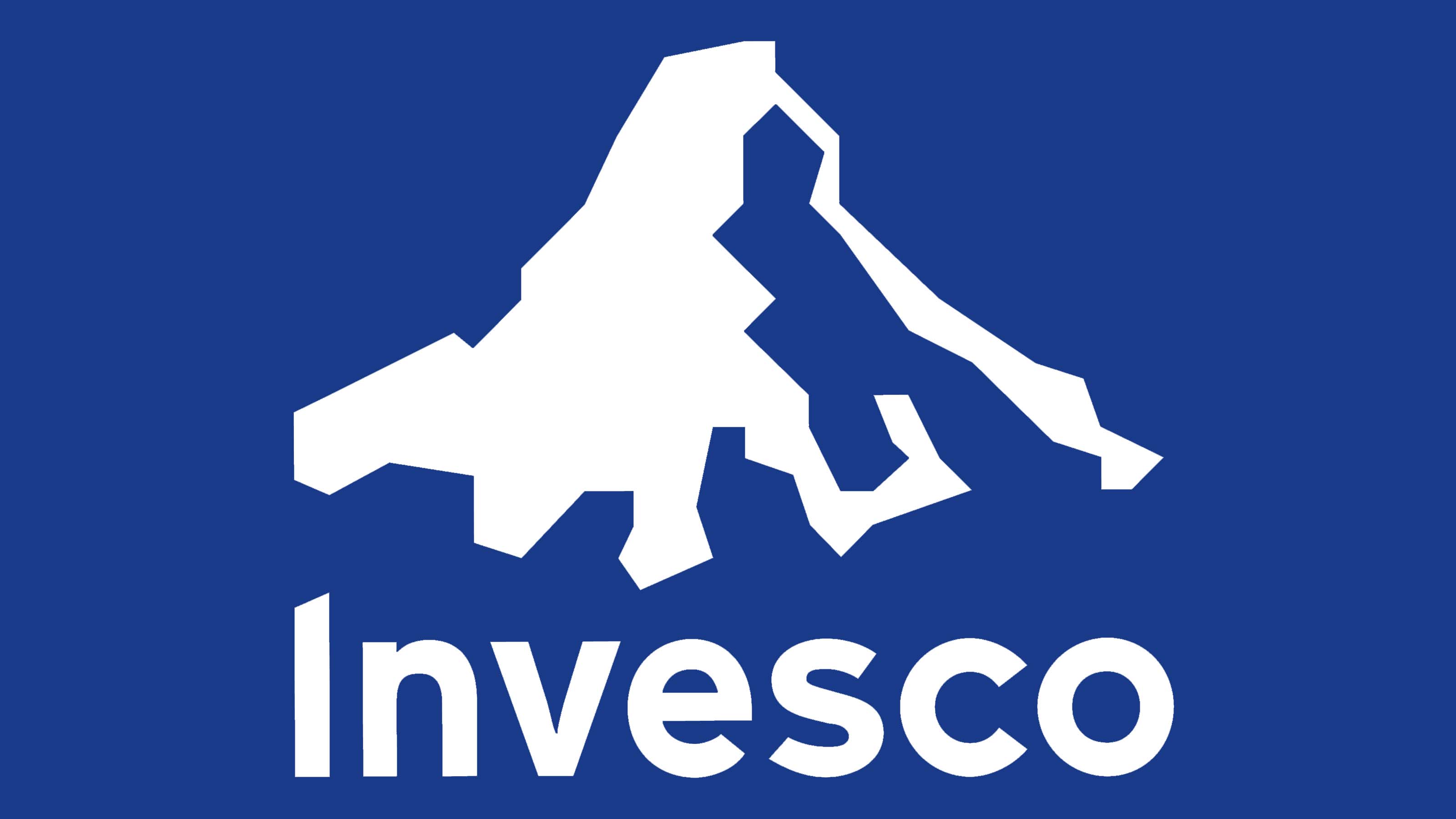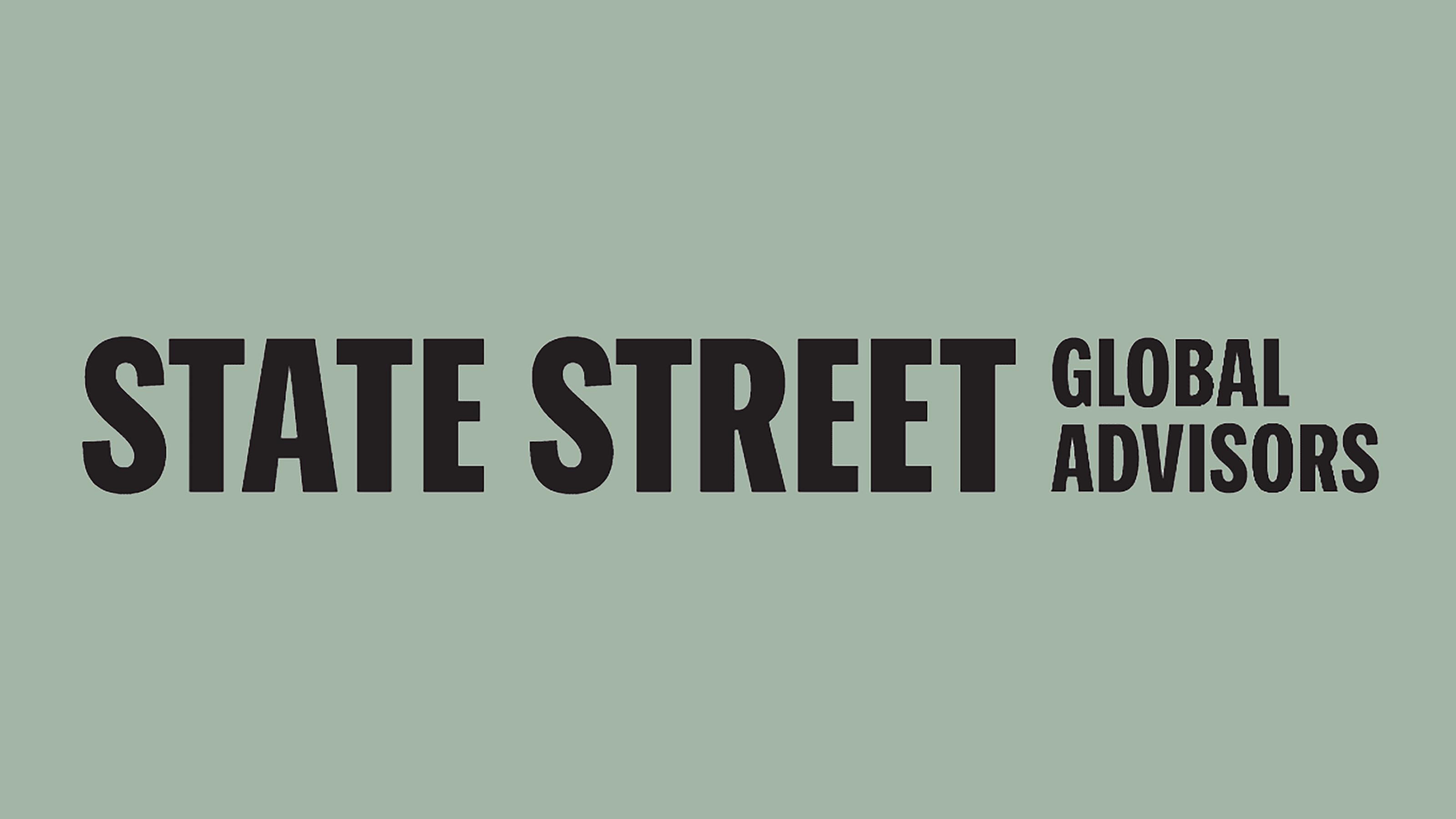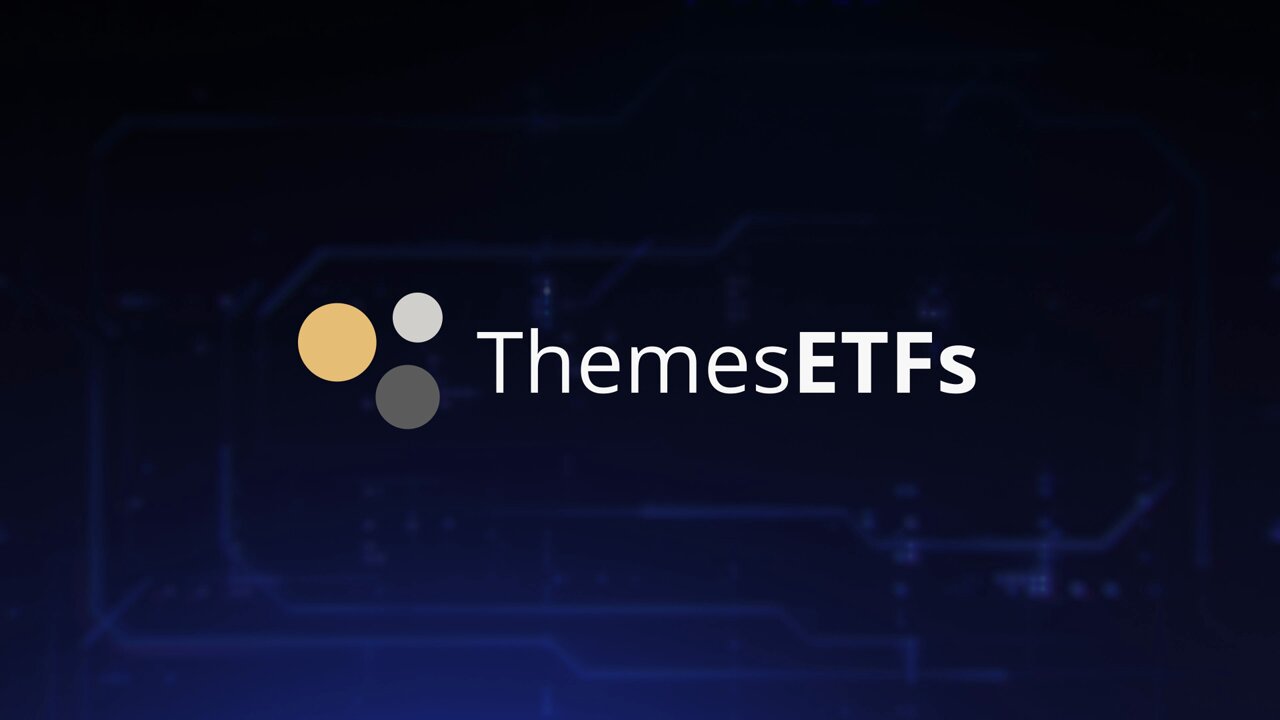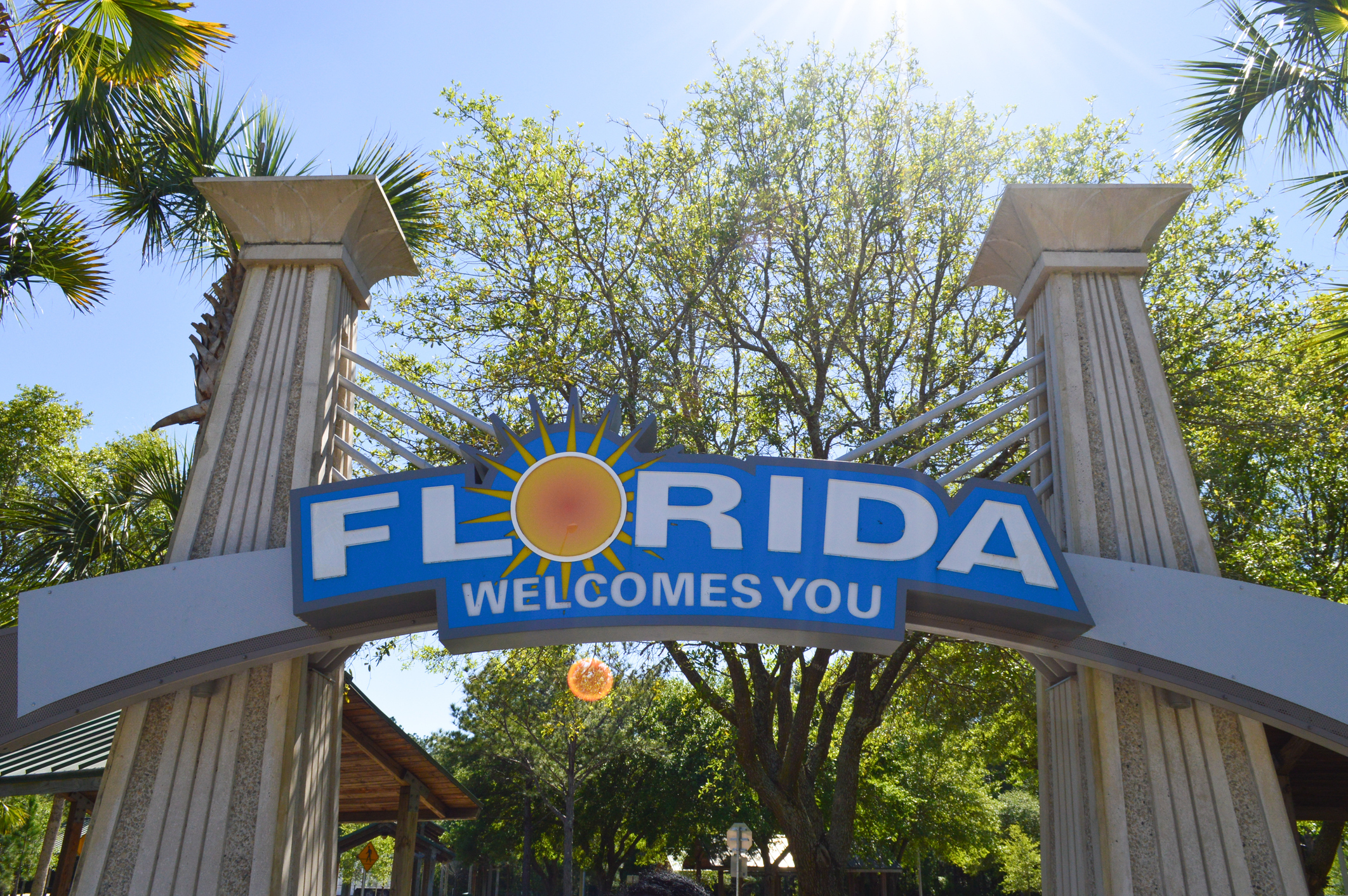The Best Bank ETFs to Buy
The best bank ETFs can offer above-average yields and reduce the complexities of investing in financial stocks.


The 2023 regional banking crisis brought bank stocks into mainstream focus for the first time since 2008. The turmoil began nearly two years ago when Silicon Valley Bank was abruptly closed by state banking authorities and the Federal Deposit Insurance Corporation (FDIC) stepped in as receiver.
At the heart of the crisis was a liquidity issue. Silicon Valley Bank's balance sheet was heavily concentrated in long-term bonds, which had significantly declined in value due to rising interest rates. These bonds, if held to maturity, would have returned their full principal.
However, to meet short-term liquidity demands during a sudden rush of withdrawals, the bank was forced to consider selling these bonds at a substantial loss, triggering its collapse. The panic spread to other regional banks, with Signature Bank suffering a similar fate just two days later.

Sign up for Kiplinger’s Free E-Newsletters
Profit and prosper with the best of expert advice on investing, taxes, retirement, personal finance and more - straight to your e-mail.
Profit and prosper with the best of expert advice - straight to your e-mail.
While regulators allowed these banks to fail, they ensured depositors were made whole, though shareholders were wiped out and unsecured creditors faced losses. For investors, this crisis was a lesson in liquidity risk, but also a moment to consider a smarter way to invest in the financial sector – through bank ETFs.
Bank ETFs lower the barriers to investing
Despite their relatively attractive prices compared to other U.S. market sectors, banks can be difficult for retail investors to analyze – largely due to their complexity and unique sources of risk.
At the most basic level, banks are intermediaries for capital flow: money coming in and out. Their growth depends primarily on deposits since loans are easier to expand – after all, there's always someone who wants to borrow money.
The real challenge is attracting deposits without paying high interest rates. To solve this, banks often take on risks by leveraging their equity to make loans or investments.
The problem is that banks are always tempted to overextend their lending because it boosts their returns when times are good. They can effectively lend more money than they actually have, which seemingly works until it doesn't, like in 2008.
A good bank thus focuses on securing low-cost deposits – think everyday people with checking accounts earning minimal interest, like at Bank of America (BAC). Compare that to Silicon Valley Bank, where the funds came largely from commercial accounts, a much riskier setup.
So before investing in an individual bank, really think about how they fail. In general, a bank collapses when losses wipe out its equity or if depositors panic and trigger a bank run.
To understand how well a bank handles risk, you need to examine metrics like the charge-off ratio or non-performing loan (NPL) ratio. These numbers tell you how many loans have gone bad compared to the bank's total loans, offering insight into how responsibly they lend.
If a bank is writing off loans at higher rates than its peers, it could mean they're likely lending to the wrong people. You'll also want to look at the types of loans they make – are they focusing on mortgages, auto loans, credit cards, or commercial real estate? Each type carries its own risks.
Another important measure here is the CET1 (Common Equity Tier 1) ratio. This number compares a bank's capital to its risk-weighted assets, such as loans and investments. A higher CET1 ratio means the bank is better equipped to handle potential losses, which is why regulators rely on it to gauge financial health.
If all this feels overwhelming, don't worry – that's where diversification comes in. Instead of trying to figure out which individual bank is the best deal or the safest option, you can just buy them all.
By investing in bank ETFs, you gain exposure to a broad basket of financial stocks, giving you access to the industry's overall performance without needing to become an expert on specific institutions.
How we chose the best bank ETFs to buy
Our focus is on getting you the best value, and a big part of that is by minimizing expense ratios. According to the ETF Central database, there are 10 bank ETFs available, with expense ratios ranging from 0.35% to 0.92%. All five of our picks sit at the low end of this range, ensuring better cost efficiency for investors.
We also avoided gimmicks. By that, we mean bank ETFs that short the sector with inverse exposure or offer leveraged returns. These types of ETFs are risky and expensive, designed for short-term traders rather than long-term, buy-and-hold investors.
Invesco KBW Regional Banking ETF

- Assets under management: $54.6 million
- Expenses: 0.35%
- Dividend yield: 2.7%
The Invesco KBW Regional Banking ETF (KBWR) tracks the KBW Nasdaq Regional Banking Index. KBW, or Keefe, Bruyette & Woods, Inc., is an investment bank specializing in the financial sector, known for its expertise in banking. Its various benchmarks are widely used to track industry performance.
KBWR currently holds 52 regional banking stocks, with its top three holdings as of January 8 being Webster Financial Corp (WBS), Pinnacle Financial Partners (PNFP), and Cullen/Frost Bankers Inc (CFR) at weightings of roughly 4% apiece.
Learn more about KBWR at the Invesco provider site.
Invesco KBW Bank ETF

- Assets under management: $2.8 billion
- Expenses: 0.35%
- Dividend yield: 2.5%
The Invesco KBW Bank ETF (KBWB) is the big brother to KBWR, offering broader exposure to the U.S. banking sector beyond just the regional banks. If you're looking for a "default" option for comprehensive bank sector coverage, KBWB fits the bill. It tracks the KBW Nasdaq Bank Index.
KBWB's portfolio of 26 bank stocks is weighted using a modified market-cap methodology. Unsurprisingly, the fund's top holdings include blue chip stocks such as JPMorgan Chase (JPM), Morgan Stanley (MS), Wells Fargo (WFC), Goldman Sachs Group (GS), and Bank of America (BAC).
Learn more about KBWB at the Invesco provider site.
SPDR S&P Regional Banking ETF

- Assets under management: $5.0 billion
- Expenses: 0.35%
- Dividend yield: 2.6%
The SPDR S&P Regional Banking ETF (KRE) tracks the S&P Regional Banks Select Industry Index, a portfolio of 142 regional banks selected from the S&P Total Market Index. Unlike most ETFs, KRE uses an equal-weighted approach, giving more balanced exposure to mid- and small-cap banks.
It is a well-capitalized fund with $5 billion in assets under management (AUM) and features a fairly active options chain, including weekly contracts. It is a popular choice for selling covered calls.
Learn more about KRE at the State Street Global Advisors' provider site.
SPDR S&P® Bank ETF

- Assets under management: $2.3 billion
- Expenses: 0.35%
- Dividend yield: 2.4%
The SPDR S&P Bank ETF (KBE) is the non-regional-focused counterpart to KRE, tracking the S&P Banks Select Industry Index. This ETF selects 95 holdings from the S&P Total Market Index, offering more diversification compared to KRE's regional-only focus.
But unlike KBWB, KBE uses an equal-weight approach, so larger domestic banks don't dominate its top positions. Between rebalances, the top holdings are typically the banks that have recently outperformed. Currently, these include First Citizens BancShares (FCNCA) and Equitable Holdings (EQH).
Learn more about KBE at the State Street Global Advisors' provider site.
Themes Global Systemically Important Banks ETF

- Assets under management: $3.0 million
- Expenses: 0.35%
- Dividend yield: 1.7%
Global systemically important banks (G-SIBs) are financial institutions designated by the Financial Stability Board and the Basel Committee on Banking Supervision as critical to the global economy.
Because of their size, interconnectedness, and importance, these banks are held to higher standards, requiring them to maintain larger capital buffers to absorb potential losses and undergo more stringent regulatory supervision to ensure financial stability.
If you want to invest in the biggest, safest banks, the Themes Global Systemically Important Banks ETF (GSIB) is one of the best bank ETFs to do so. This actively managed fund holds a portfolio of 29 large-cap banks from around the world. Notable top holdings include Morgan Stanley, Wells Fargo and Goldman Sachs.
Related content
Get Kiplinger Today newsletter — free
Profit and prosper with the best of Kiplinger's advice on investing, taxes, retirement, personal finance and much more. Delivered daily. Enter your email in the box and click Sign Me Up.
Tony started investing during the 2017 marijuana stock bubble. After incurring some hilarious losses on various poor stock picks, he now adheres to Bogleheads-style passive investing strategies using index ETFs. Tony graduated in 2023 from Columbia University with a Master's degree in risk management. He holds the Certified ETF Advisor (CETF®) designation from The ETF Institute. Tony's work has also appeared in U.S. News & World Report, USA Today, ETF Central, The Motley Fool, TheStreet, and Benzinga. He is the founder of ETF Portfolio Blueprint.
-
 Ten Cheapest Places To Live in Florida
Ten Cheapest Places To Live in FloridaProperty Tax Make your Florida vacation spot daily living — these counties have the lowest property tax bills in the state.
By Kate Schubel
-
 I'm 50 and my home is worth $5 million. Can I retire now?
I'm 50 and my home is worth $5 million. Can I retire now?It may be oh-so tempting to cash out your upscale home and leave work for good. But should you? We ask the experts.
By Maurie Backman
-
 Tesla Stock Pops as Elon Musk Promises DOGE Draw Back
Tesla Stock Pops as Elon Musk Promises DOGE Draw BackTesla reported a sharp drop in first-quarter earnings and sales, as the EV maker suffered a backlash to its CEO's political ambitions.
By Karee Venema
-
 Bouncing Back: New Tunes for Millennials Trying to Make It
Bouncing Back: New Tunes for Millennials Trying to Make ItAdele's mournful melodies kick off this generation's financial playlist, but with the right plan, Millennials can finish strong.
By Alvina Lo
-
 Early-Stage Startup Deals: How Do Convertible Notes Work?
Early-Stage Startup Deals: How Do Convertible Notes Work?Some angel investors support early startups by providing a loan in exchange for a convertible note, which includes annual interest and a maturity date.
By Murat Abdrakhmanov
-
 Stock Market Today: Stocks Soar on China Trade Talk Hopes
Stock Market Today: Stocks Soar on China Trade Talk HopesTreasury Secretary Bessent said current U.S.-China trade relations are unsustainable and signaled hopes for negotiations.
By Karee Venema
-
 How Can Investors Profit From AI's Energy Use?
How Can Investors Profit From AI's Energy Use?Global energy demand is expected to grow by leaps and bounds over the next several years as AI usage accelerates. Here's how to get a piece of the pie.
By Jacob Schroeder
-
 Can Trump Fire Powell? A Supreme Court Case Could Decide
Can Trump Fire Powell? A Supreme Court Case Could DecidePresidential posts threaten to overwhelm decades of precedent and tradition, whatever the nine justices decide.
By David Dittman
-
 What Are AI Agents and What Can They Do for You?
What Are AI Agents and What Can They Do for You?AI agents promise to be the next big thing in artificial intelligence, but what exactly do they do?
By Tom Taulli
-
 Should You Buy an iPhone Now Before Tariffs Hit?
Should You Buy an iPhone Now Before Tariffs Hit?Looming tariffs can make an iPhone purchase seem urgent. Here's what to do if you need another phone but want to save money.
By Laura Gariepy